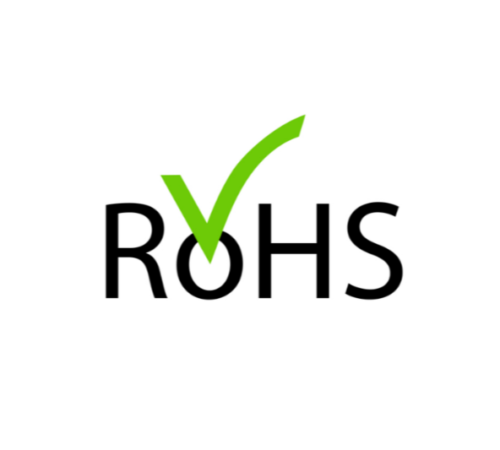As of today, July 22, 2019, compliance to the RoHS directive (Restriction of Hazardous Substances) begins, and the directive restricts the use of 10, not 6, substances in electronic/electrical products and accessories. This marks the first time all electrical and electronic devices will fall within the RoHS scope of application. However, a grace period will extend to medical devices, monitoring and control instruments, and industrial monitoring and control instruments until July 22, 2021.
The 10 restricted substances are:
- Lead
- Mercury
- Cadmium
- Hexavalent Chromium
- Polybrominated Biphenyls (PBB)
- Polybrominated Diphenyl Ethers (PBDE)
- Bis (2-Ethylhexyl) Phthalate (DEHP)
- Butyl Benzyl Phthalate (BBP)
- Dibutyl Phthalate (DBP)
- DiisoButyl Phthalate (DIBP)
The RoHS mandates that EEE products must not contain more than 0.1% of homogenous materials by weight. Cadmium is an exception to this rule where the EU prohibits products from containing more than 0.01% of this substance.
According to export.gov, RoHS II is a CE Mark Directive. This means that each product covered by ROHS must have technical testing and accompanying documents, a declaration of conformity, and the CE marking affixed to the product. The CE mark for ROHS products entered into force on 2 January 2013.
If you have any questions concerning your responsibilities as a manufacturer, importer or distributor to conform to RoHS, please contact iCertifi.

